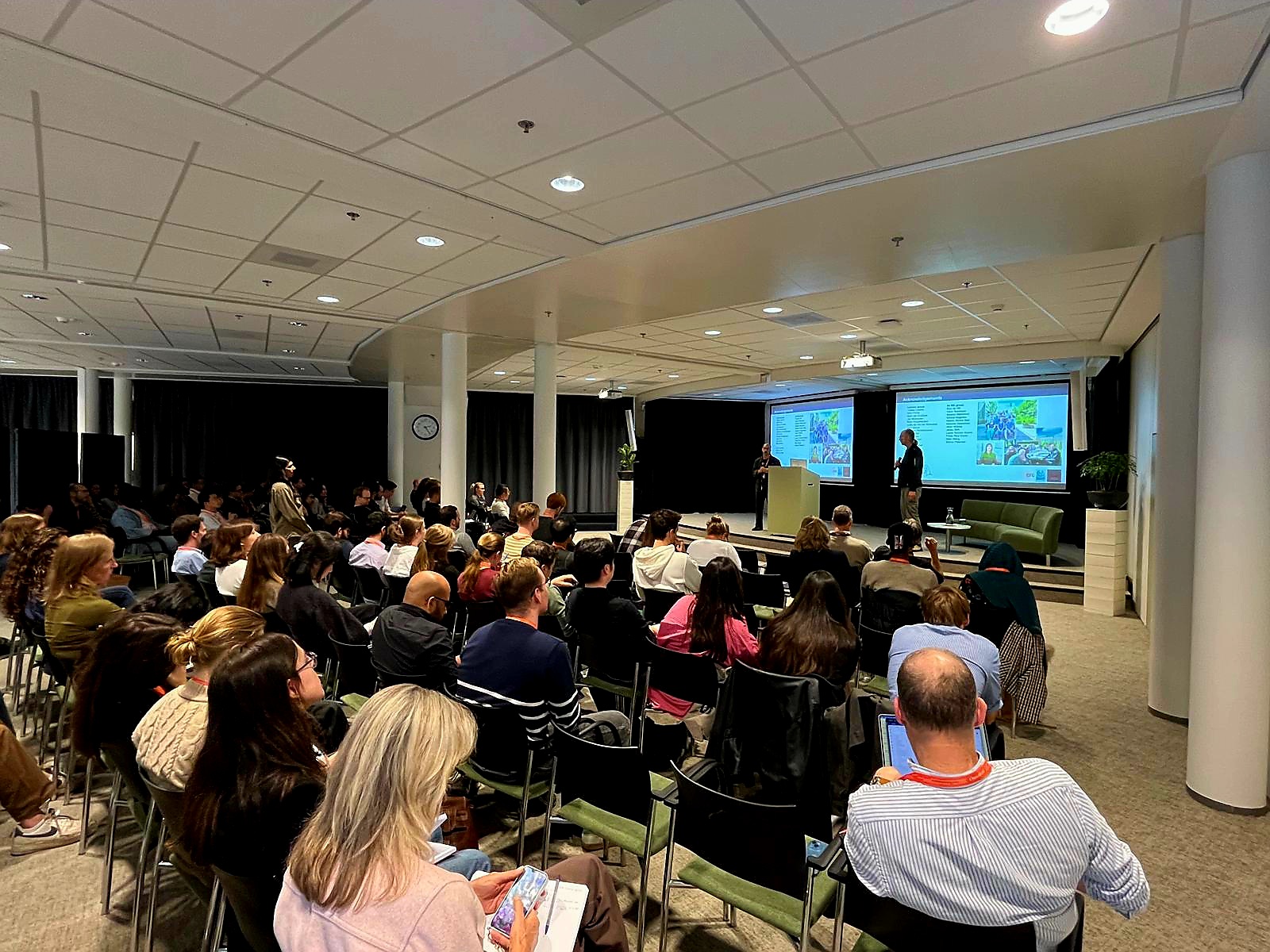Oncode Institute’s Technology Symposium: from DNA to RNA to proteins showcased cutting-edge methods redefining how scientists map, measure, and model the central dogma. The day brought together innovations in artificial intelligence, single-molecule imaging, high-throughput chromatin profiling, sequencing, proteomics, and computational approaches - highlighting progress at every layer of gene expression.
On 10 October 2025, Oncode Institute organized an open meeting for the Oncode and wider scientific community, bringing together researchers for the Technology Symposium: From DNA to RNA to Proteins - Methods to Map, Measure, Manipulate, and Model - a day dedicated to the latest advances in understanding life’s molecular processes.
Exploring Technologies from DNA to Proteins
With keynotes given by Jeroen de Ridder (UMCU) and Jop Kind (Hubrecht Institute), and topics from AI for molecular diagnostics to single-cell imaging, nanopore protein measurements, and chromatin state mapping, the symposium spanned the full spectrum of technologies used to study the central dogma. Also showcasing a strong representation of junior researchers, speakers presented cutting-edge and often novel methods, highlighting how new approaches are transforming genomics, transcriptomics, and proteomics research.
“The diversity of technologies and the amount of novel work that was shared made this symposium truly exciting,” says Marvin Tanenbaum, member of the Scientific Committee. “The interactive crowd with lots of questions was very nice to see.”
Talks showcased a blend of in vitro assays, sequencing and proteomics-based approaches, live-cell imaging, and computational modelling - each offering a new lens to explore gene regulation and expression.

Rethinking Data and Methods
Several presentations emphasized creative re-use of existing data, turning what is often considered “contamination” into valuable insight.
“This can stimulate new ways to think about existing methods and data,” says Maike Hansen, scientific committee member and co-organizer of the event.
Attendees echoed that sentiment, with many participants praising the focus on technology while addressing diverse biological questions, finding it inspiring to see how tools could be applied across different research contexts. Others appreciated the open atmosphere and low barrier to interact with PIs, which made networking and discussions easy. Several remarked that the combination of accessibility, technological depth, and broad relevance made the symposium both thought-provoking and useful.
Engaged Audience, Lively Discussions
A defining feature of the symposium was its interactive atmosphere. Each session ended with active discussion - many questions coming from junior researchers - creating a space for curiosity and collaboration.
“People enjoyed the breadth of topics and the technology focus because it gave a great overview of techniques they are not usually exposed to,” Hansen adds.
Connecting Ideas Across Disciplines
The symposium closed with a clear takeaway: innovation happens where disciplines meet. Whether through AI-driven diagnostics, spatial imaging, or single-cell profiling, the event underscored how cross-technology exploration drives discovery - and how open, engaged discussion strengthens the Oncode community.
Interested in hosting your own event for the Oncode and broader scientific community? Get in touch with us at [email protected]. We’ll be happy to help you set it up.